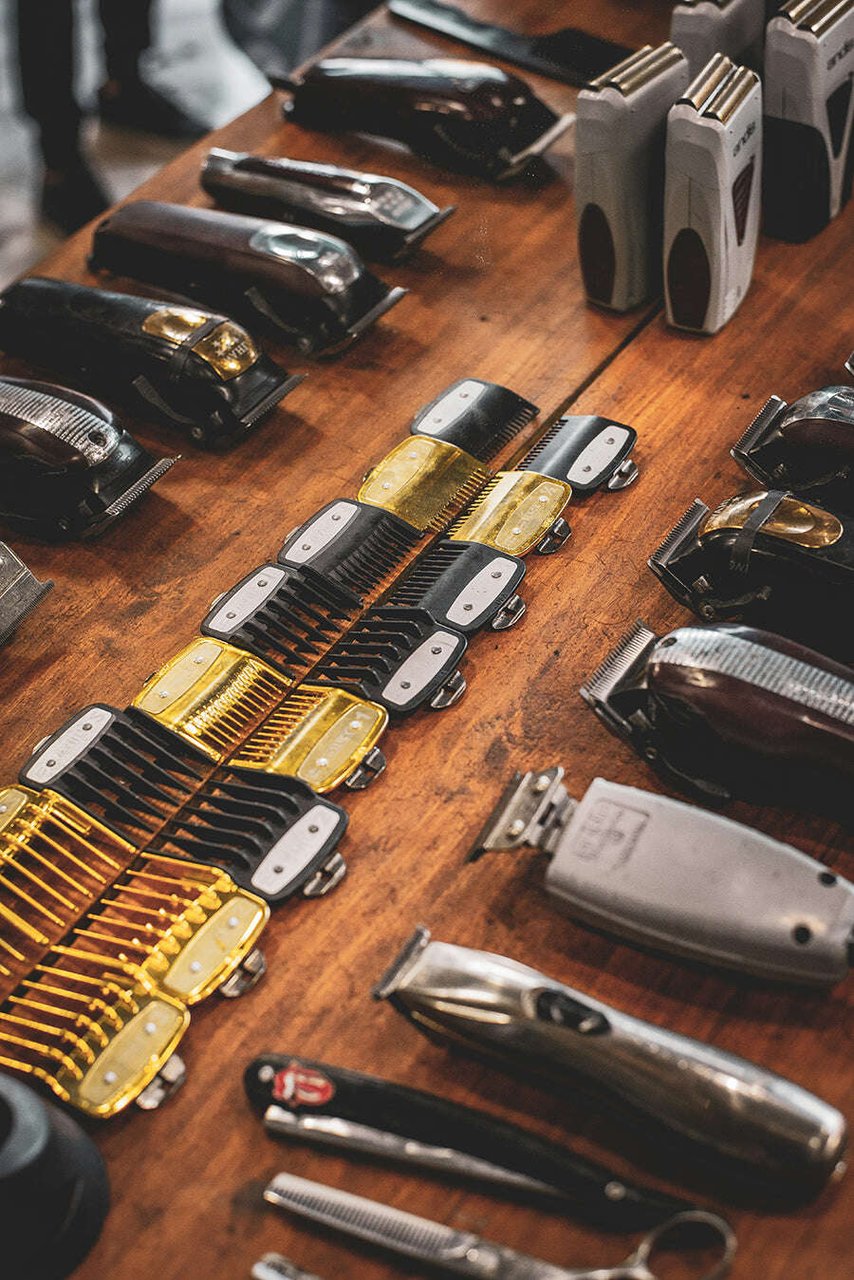Menu

The Top Barbering Tips, Trends & Terms
Men's grooming has seen significant growth in recent years as more clients take pride in their appearance and personal style. With countless short haircut options—from coifs to quiffs—and a wide range of barbering techniques to choose from, it can be challenging to keep track of all the barbering terms, tips and techniques.
Barbering is an art form that combines skill, style, and a deep understanding of trends and techniques. While attending barbering workshops and attending barber shows are key, here are some of the most common tips, trends, and terms that you can add to your repertoire now.
Common Barbering Tips
- Consultation is Key: Similar to any haircut or service, before beginning, a thorough consultation is essential. This will help better understand the client’s hair type, desired style, and lifestyle. In addition to upkeep, discussing face shape and hair texture helps in suggesting the most suitable styles that client’s are bound to love.
- Master the Fundamentals: Techniques such as fading, tapering, scissor-over-comb, and clipper-over-comb are the core of barbering. Practicing these will ensure clean and professional results.
- Invest in Quality Tools: High-quality clippers, trimmers, scissors, combs, and straight razors are essential for precision cuts. After investing, the maintenance of these tools, like sharpening scissors, cleaning clippers and applying the necessary solvents and oils is equally important.
- Understanding Hair Types and Growth Patterns: Each client's hair grows differently. Recognizing cowlicks, hair density, and wave patterns ensures a more tailored and lasting cut.
- Keep Up with Sanitation Practices: Cleanliness is rule #1 in barbering. Regularly disinfecting tools, using clean capes, and maintaining a tidy workspace prevent infections and create a pleasant experience for clients.
- Practice Fading Techniques: Fades are a staple in modern barbering. To make sure you’re keeping up with trends and techniques, be sure to master the different types of fades (low, mid, high, skin, taper, drop fade, skin fade) to cater to all of your client’s preferences.
- Work with Precision and Patience: Always work slowly and methodically. Precision cutting, especially in areas like sideburns, necklines, brows and around the ears — it all requires patience.
- Offer Styling Advice: Educate clients on how to maintain and style their hair between visits. Give them defined times of when to return for their next appointment and recommend suitable products like pomades, waxes, or creams based on hair type and desired style.
The Top Trending Haircuts & Styles in Barbering
- Skin Fade with Textured Crop: This style combines a skin fade with a textured, messy crop on top. It's popular for its modern, edgy look and low maintenance.
- Pompadour with Fade: The classic pompadour has evolved with a fade on the sides, providing a contemporary twist on a timeless style.
- Buzz Cut with Line-Up (Shape-Up): A clean, sharp look with defined lines around the hairline and temples. It is a go-to for many men who prefer low maintenance.
- Undercut with Slick Back: This style has long top hair slicked back, while the sides and back are closely shaved or faded. It offers a bold and sharp appearance.
- The Quiff: A versatile style that adds volume and height at the front, blending into shorter sides. It can be combined with a taper or fade for a modern touch.
- Side Part with Fade: A classic yet contemporary style where a defined side part is paired with a fade, offering a clean and professional appearance.
- Afro with Fade: Combines the natural volume and texture of an afro with a taper or fade, providing a clean, fresh look.
- Textured Fringe: A modern and relaxed style where the fringe (front) is textured and kept longer while the sides are faded or tapered.
Common Barbering Terms to Know
- Fade: A gradual transition of hair length from short to long. There are different types of fades, including low, mid, and high fades.
- Taper: Similar to a fade but more subtle. The hair gradually shortens toward the neckline without becoming skin-tight.
- Clipper-Over-Comb: A technique where a clipper is used over a comb to blend hair lengths and create uniformity.
- Line-Up (Shape-Up): A technique where the natural hairline is outlined with clippers or a razor for a sharp, clean edge.
- Blowout: A style where the hair on top is blown out and voluminous, often paired with a fade on the sides.
- Undercut: Hair is cut very short on the sides and back while leaving the top significantly longer, creating a contrast.
- Pomade: A styling product used to create a shiny and slick look. It’s ideal for styles like pompadours or slick backs.
- Texturizing: A technique used to add dimension and movement to the hair by removing weight or adding layers.
- Hard Part: A shaved line in the scalp that accentuates a side part. It’s a stylish addition to many contemporary haircuts.
- Shear Work: Refers to techniques using scissors or shears to cut and shape hair, as opposed to clippers.
- Blending: The process of creating a seamless transition between different hair lengths, particularly between the top and sides.
- Guard Sizes: Attachments for clippers that control the length of hair cut. Common guard sizes range from #1 (1/8 inch) to #8 (1 inch).
By staying updated on these tips, trends, and terms, you can improve your barbering skills or simply communicate more effectively between barber and client.